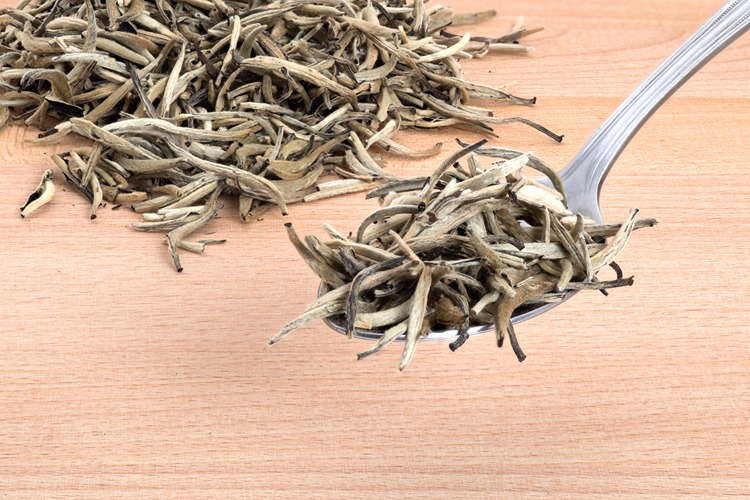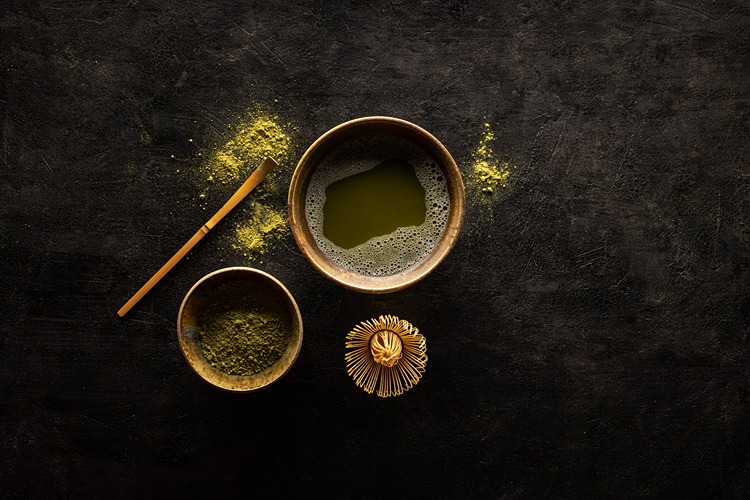Welcome to the fascinating world of organic chai blends, where centuries-old traditions, fragrant spices, and exquisite flavors come together in a harmonious blend. In this in-depth article, we embark on a captivating journey through India, exploring the origins, health benefits, brewing techniques, and regional variations of organic chai blends. Get ready to discover the enchanting world of Indian tea culture!
The Origins and Cultural Significance of Chai in India
Q: Where did the tradition of chai originate in India?
A: The history of chai in India dates back thousands of years. While tea itself was introduced by the British, it was the Indian subcontinent that truly embraced and transformed it into the beloved beverage we know today as chai.
Chai has become an integral part of Indian culture, transcending social and economic barriers. It is a beverage that brings people together, fostering conversations, and nurturing relationships. From bustling street corners to serene homes, the aroma of brewing chai fills the air, creating a warm and inviting atmosphere.
The Art of Crafting Organic Chai Blends
Q: What sets organic chai blends apart from regular tea?
A: Organic chai blends are a result of careful craftsmanship, blending tea leaves with a diverse range of spices and herbs to create a symphony of flavors. Each ingredient is thoughtfully chosen for its unique taste and therapeutic properties.
The key ingredients in organic chai blends typically include black tea, cardamom, cinnamon, ginger, cloves, and black pepper. However, the beauty of chai lies in its adaptability, allowing for variations and personal preferences.
Organic chai blends are crafted with the highest quality ingredients, free from pesticides and chemicals, ensuring a wholesome and authentic experience.
The Health Benefits of Organic Chai Blends
Q: What are the potential health benefits of consuming organic chai blends?
A: Organic chai blends offer a plethora of health benefits, thanks to their natural ingredients. Let’s delve into some of the key advantages:
- Antioxidant Powerhouse: The combination of black tea and spices in chai provides a rich source of antioxidants, which help combat free radicals and promote overall well-being.
- Boosted Immunity: The spices in chai, such as ginger, cinnamon, and cloves, are known for their immune-boosting properties, helping to strengthen the body’s defense mechanisms.
- Improved Digestion: Chai spices like ginger and cardamom have been used for centuries to aid digestion, alleviate bloating, and soothe the stomach.
- Reduced Inflammation: The anti-inflammatory properties of chai ingredients like ginger and cinnamon can help reduce inflammation in the body and alleviate discomfort.
- Heart Health: Regular consumption of chai has been associated with potential benefits for heart health, including improved blood circulation and reduced risk of heart disease.
- Stress Relief: The warm and comforting nature of chai, combined with the calming properties of certain spices, can help reduce stress and promote relaxation.
These are just a few of the many potential health benefits that organic chai blends have to offer. Incorporating chai into your daily routine can be a delightful way to enhance your overall well-being.
Brewing Techniques and Rituals
Q: What are the traditional brewing techniques and rituals associated with organic chai blends?
A: Brewing chai is an art form that varies across different regions of India and even from one household to another. However, there are some common brewing techniques and rituals that are widely practiced:
- Boiling Method: In this traditional method, water is brought to a boil in a pot, and loose tea leaves, spices, and sweeteners are added. The mixture is simmered for a few minutes, allowing the flavors to infuse. Milk is then added, and the chai is brought to another boil. The final step involves straining the chai and serving it hot.
- Stovetop Method: This method involves using a stovetop-friendly chai pot or saucepan. Water, tea leaves, and spices are added and brought to a gentle boil. Milk is then added, and the chai is simmered for a few minutes. The chai is strained and served.
- Teapot Method: In this method, tea leaves, spices, and hot water are steeped together in a teapot for a few minutes. Milk and sweeteners are added separately to individual cups, and the steeped chai is poured over them. This method allows each person to customize the strength and sweetness of their chai.
Chai brewing is often accompanied by unique rituals, such as frothing the chai by pouring it back and forth between two vessels to create a creamy texture or adding a pinch of saffron as a luxurious touch. These rituals not only enhance the sensory experience but also symbolize the love and care that goes into making a perfect cup of chai.
Regional Variations of Organic Chai Blends
Q: How does chai differ across different regions of India?
A: India’s diverse cultural landscape gives rise to a myriad of regional variations in chai preparation and flavors. Let’s explore some of the notable regional chai blends:
1. Masala Chai (North India)
In North India, masala chai reigns supreme. It is a robust and aromatic blend of black tea, milk, and a medley of spices such as cardamom, cinnamon, cloves, and ginger. The blend is simmered to perfection, resulting in a rich and flavorful cup of chai that pairs beautifully with savory snacks like samosas or pakoras.

2. Kolkata Chai (East India)
In Kolkata (formerly Calcutta), chai holds a special place in the hearts of locals. Kolkata chai is known for its unique preparation style. The tea leaves are boiled in a large metal container called a “kettle,” and then milk, sugar, and additional spices like cinnamon or nutmeg are added. This method creates a strong and invigorating brew, often enjoyed alongside delectable sweets like rasgulla or sandesh.
3. Irani Chai (West India)
The bustling streets of Mumbai and Hyderabad are famous for their Irani cafes, where Irani chai takes center stage. This chai blend has Persian influences, with strong black tea brewed in a large pot called a “handi.” It is served with a generous amount of milk, often topped with a layer of froth, and accompanied by delicious snacks like bun maska or khari biscuits.
4. Kashmiri Kahwa (North India)
In the serene valleys of Kashmir, a special chai known as Kashmiri Kahwa takes center stage. This unique blend is crafted with green tea leaves, saffron strands, cardamom pods, cinnamon, and crushed almonds. The delicate flavors of Kahwa create a soothing and aromatic cup of tea, often enjoyed in cold weather or as a refreshing beverage after a hearty meal.
5. South Indian Filter Coffee and Chai
While South India is known for its love affair with filter coffee, chai has its own dedicated fan base. In the southern states of Tamil Nadu, Kerala, and Karnataka, “Kattan Chai” or “Kattan Kapi” is a popular choice. It is a unique blend of strong tea and coffee, combined to create a distinct and invigorating flavor profile.
These regional variations of chai reflect the diverse cultural tapestry of India, each offering a unique and delightful experience.
Additional Resources:
If you’re interested in further exploring the world of organic chai blends, here are some additional resources to deepen your knowledge:
- Tea Board of India (official website): The Tea Board of India is the regulatory body that governs the production and export of tea in India. Their website offers valuable information about Indian teas, including chai blends, their origins, and the tea industry in general. Visit their website at teaboard.gov.in.
- India Tea Association (official website): The India Tea Association represents the interests of the Indian tea industry and works towards promoting and safeguarding the interests of tea producers. Their website provides insights into the tea industry, including updates on organic farming practices and sustainability initiatives. Explore more at indiatea.org.
These resources will help you delve deeper into the world of organic chai blends, allowing you to expand your knowledge and appreciation for this beloved beverage.






